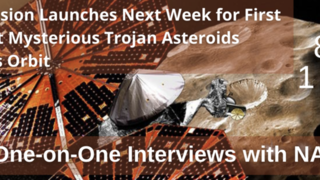Lucy L-20 Briefing
The live briefing will stream on NASA Television, the agency's website, NASA’s Twitter account and the NASA App.
Participants in Tuesday's briefing will include:
• Alana Johnson, Senior Communications Specialist, NASA Planetary Science Division
• Lori Glaze, director of NASA's Planetary Science Division at NASA Headquarters in Washington.
• Hal Levison, Lucy Principal Investigator, Southwest Research Institute in Boulder, Colorado.
• Keith Noll, Lucy Project Scientist, NASA’s Goddard Space Flight Center in Greenbelt, Maryland.
• Rich Lipe, Lockheed Marin Spacecraft Program Manager, Denver, Colorado.
• Donya Douglas-Bradshaw, Lucy Project Manager, NASA Goddard Space Flight Center in Greenbelt, Maryland.
Over its 12-year primary mission, Lucy will explore a record number of asteroids in separate orbits around the Sun. The spacecraft will fly by one asteroid in the solar system’s main belt, located between the orbits of Mars and Jupiter, followed by seven Trojans. In addition, Lucy’s path will circle back to Earth three times for gravity assists, making it the first spacecraft ever to travel out to the distance of Jupiter and return to the vicinity of Earth.
The Lucy mission is named after the fossilized skeleton of an early hominin (pre-human ancestor) discovered in Ethiopia in 1974 and named “Lucy” by the team of paleoanthropologists who discovered it. Just as the Lucy fossil provided unique insights into humanity’s evolution, the Lucy mission promises to revolutionize our knowledge of planetary origins and the formation of the solar system.
Lucy is scheduled to launch no earlier than Saturday, Oct. 16, on a United Launch Alliance Atlas V 401 rocket from Space Launch Complex-41 at Cape Canaveral Space Force Station, Florida.
Southwest Research Institute is the home institution of the principal investigator. NASA Goddard Space provides overall mission management, systems engineering, plus safety and mission assurance. Lockheed Martin Space built the spacecraft. Lucy is the 13th mission in NASA’s Discovery Program. NASA’s Marshall Space Flight Center in Huntsville, Alabama, manages the Discovery Program for the Science Mission Directorate. The launch is managed by NASA’s Launch Services Program based at Kennedy Space Center in Florida.
For more information about Lucy, visit: http://www.nasa.gov/lucy
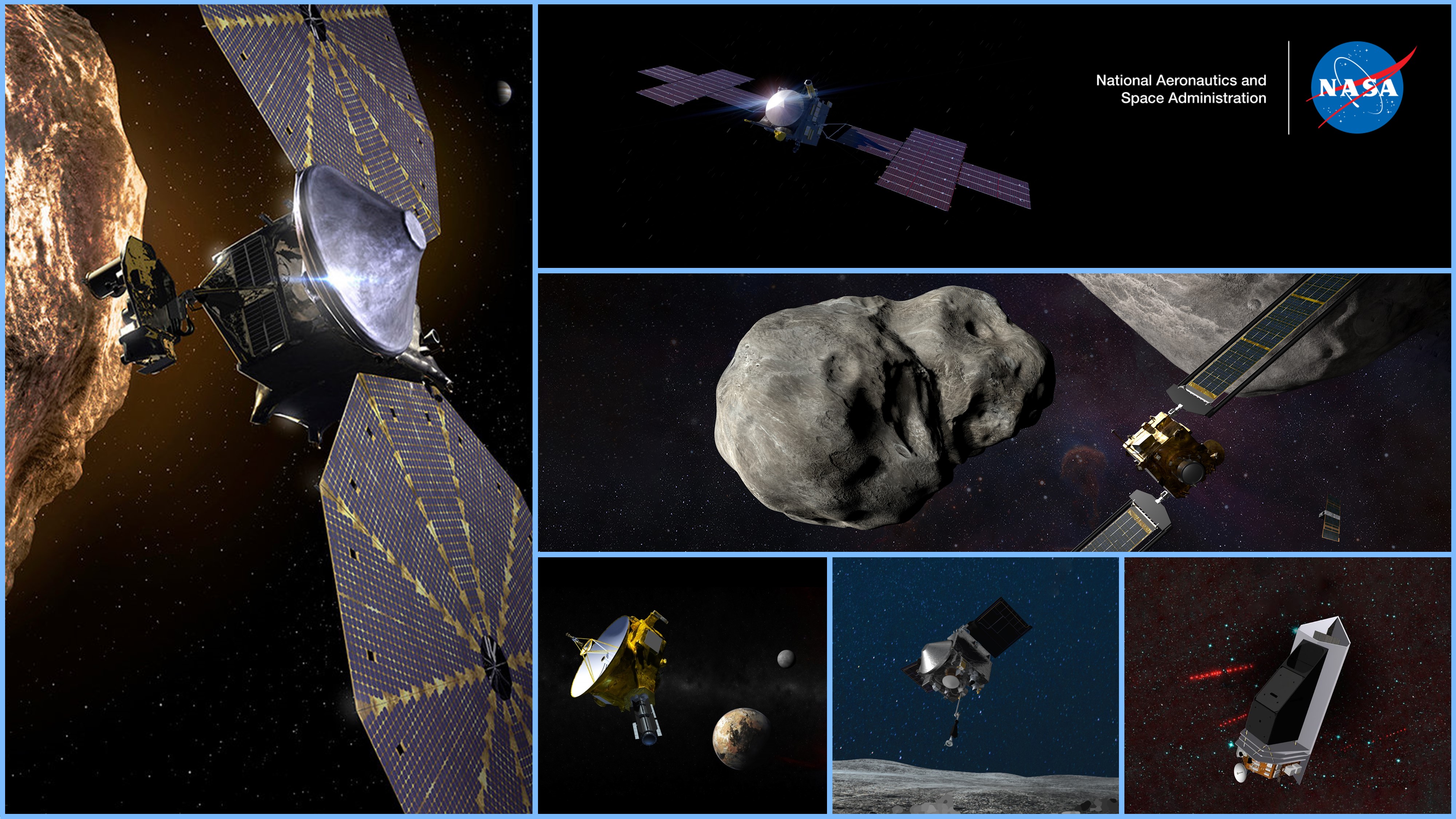
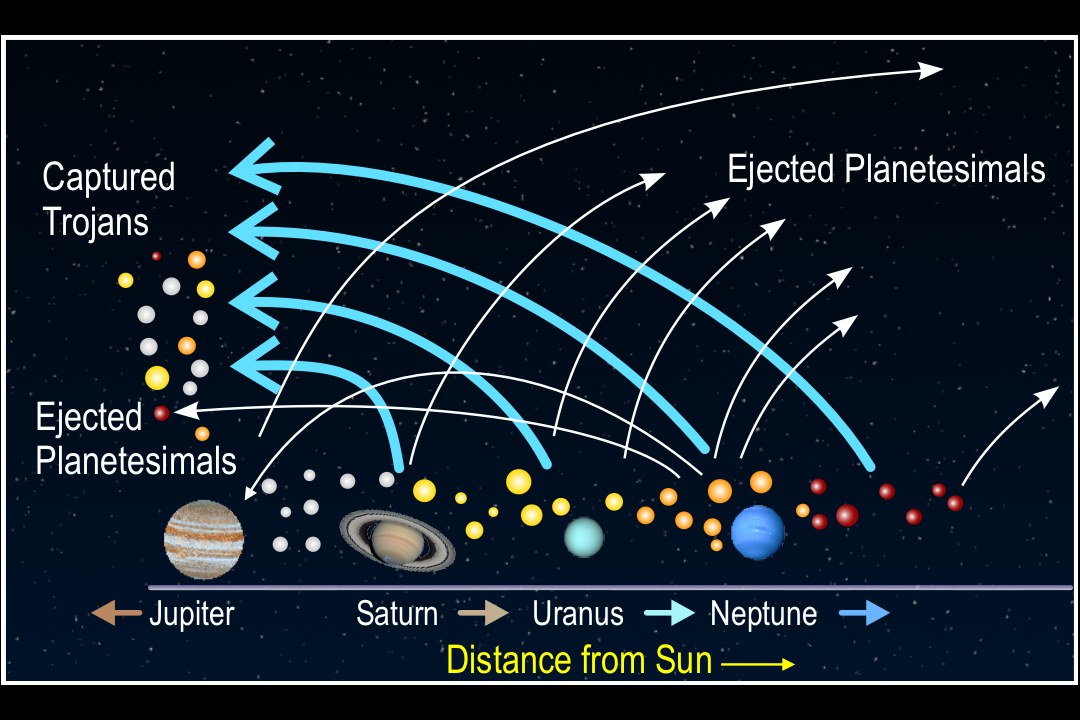
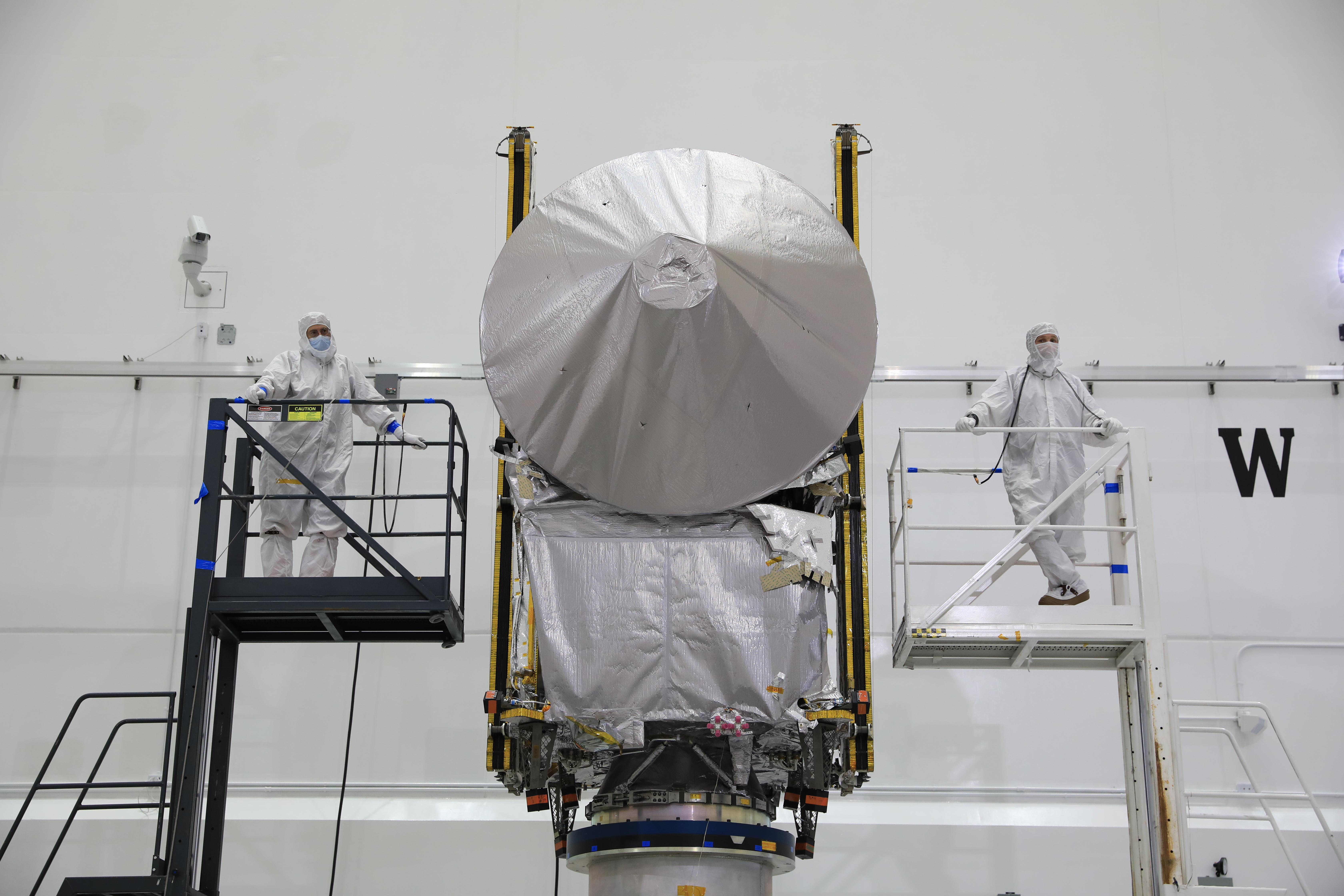
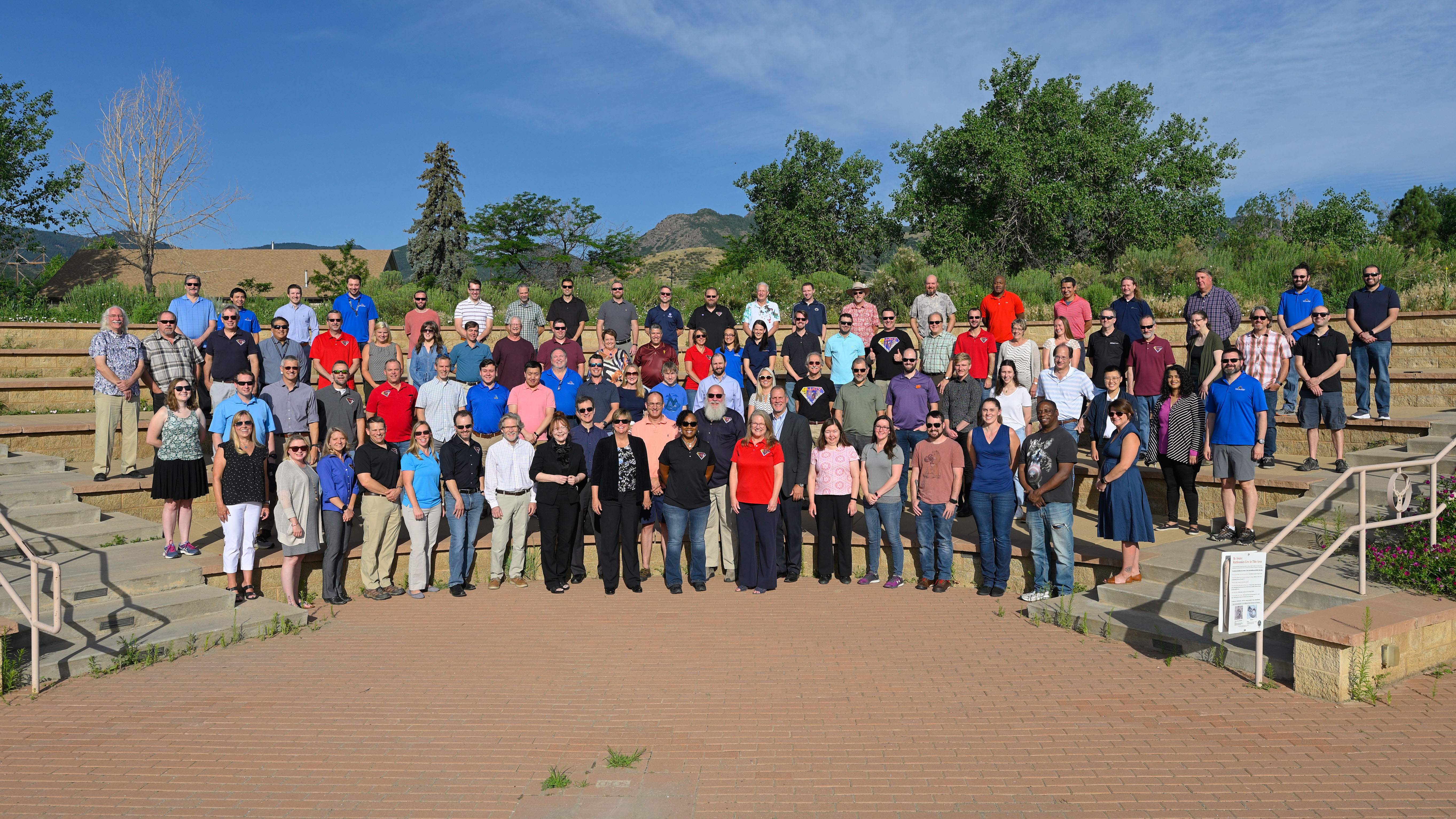
Related
Credits
James Tralie (ADNET Systems, Inc.)
Scientists:
Lori S. Glaze (NASA/HQ Planetary Science)
Harold Levison (SwRI)
Keith Noll (NASA/GSFC)
Richard Lipe (Lockheed Martin)
Donya Douglas Bradshaw (NASA/GSFC)
Communications Lead:
Alana R. Johnson (ASRC Federal System Solutions)
Public Affairs Officer:
Nancy Neal-Jones (NASA/GSFC)
Technical Support:
Aaron E. Lepsch (ADNET Systems, Inc.)
Animators:
Walt Feimer (KBR Wyle Services, LLC)
Jonathan North (KBR Wyle Services, LLC)
Michael Lentz (KBR Wyle Services, LLC)
Adriana Manrique Gutierrez (KBR Wyle Services, LLC)
Lead Visualizer:
Kel Elkins (USRA)
NASA's Goddard Space Flight Center
https://svs.gsfc.nasa.gov/13933
Mission:
Lucy
Keywords:
SVS >> Asteroid
SVS >> HDTV
NASA Science >> Planets and Moons
SVS >> Trojans
SVS >> Trojan Asteroid
SVS >> Media Teleconference
